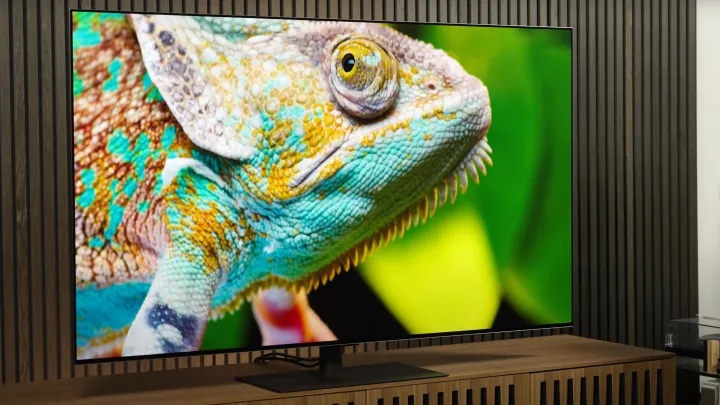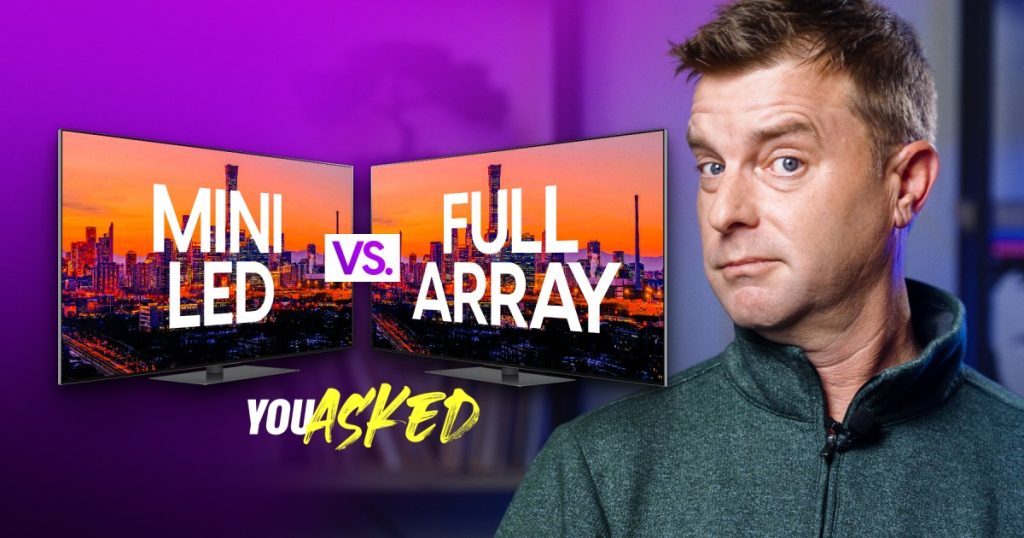Today’s You Asked segment covers various tech questions such as the LG G4 OLED pricing trends, Ethernet vs. Wi-Fi for streaming TV quality, the difference between mini-LED and Full Array Local Dimming, and how Blu-ray players may affect your HDR experience.
Difference between mini-LED and full-array local dimming?

Dawson wants to know the difference between mini-LED and full-array local dimming. Mini-LED backlights and full-array local dimming work together, with mini-LED TVs usually incorporating local dimming for better control over picture quality.
Full-array local dimming (FALD) divides a TV’s backlights into zones, allowing individual dimming or brightening for improved contrast. Mini-LED refers to smaller LED backlights, offering more precise control and enhanced contrast.
While mini-LED is often paired with full-array local dimming, the key distinction lies in the size and quantity of LED backlights used.
Where are the headphones with local storage?

Lovro wonders why modern wireless headphones lack built-in flash memory for high-quality music playback, bypassing Bluetooth for lossless audio. The absence of such feature is attributed to cost, lack of consumer demand, and limited support for uncompressed codecs by existing headphone models.
Any discounts coming to LG G4?

John asks about potential Black Friday discounts for LG G4 TVs, specifically the 77-inch variant. Historical trends suggest price drops of $800 to $1,000 during holiday seasons, despite recent price increases.
Ethernet vs. Wi-Fi for streaming content

Raul S. asks about using the Ethernet port vs. Wi-Fi for streaming on a Samsung S95B TV. While the Ethernet port is limited to 100 Mbps, most streaming services do not exceed 25 Mbps for 4K content. Stability and reliability may favor Ethernet for consistent streaming performance.
Blu-ray settings for OLED

Bobby Rivers inquires about Blu-ray settings for an OLED TV when using a Panasonic UB820 player. High-end TVs like the Sony A95L do not require additional HDR tone mapping by the source device, allowing the TV to handle the processing for optimal quality.


